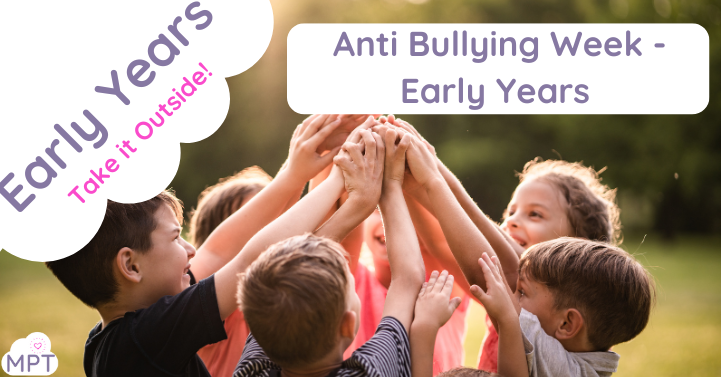Plants and Seasons (Year1) Science Unit - Scheme of Work This unit has been created so that you can observe plants,...
KS1 Christianity Creation Story
Jan 6, 2021
Outdoor Learning KS1 Christianity Creation Story In a nutshell: Why not try Outdoor Learning Creation Story to get...
Identifying and Naming Plants
Jan 6, 2021
Identifying and Naming Plants. Subscribers add to cart then checkout for download. Identifying & Naming Plants...
Pine Cones Bird Feeders
Jan 6, 2021
Pine Cone Feeders In a nutshell: Use Pine Cones Feeders to help support the learning at home through using natural,...
(Outdoor eBook)Board Game Doubling to 10
Jan 6, 2021
(Outdoor eBook)Board Game Doubling to 10 Use Board Game Doubling to 10 to take doubles outside, in the fresh air...
Outdoor eBook -KS1 Comprehension Florence
Jan 6, 2021
Outdoor eBook -KS1 Comprehension Florence Use KS1 Comprehension Florence eBooks to take comprehension outside making...
Phase Two Phonics Planning (Outdoors)
Dec 30, 2020
Teaching Phase Two Phonics Outdoors: Engaging Children in Early Literacy Teaching phonics is a crucial step in early...
Houses and Homes – KS1
Dec 30, 2020
Take House and Homes Topic outside the muddy way! Enhance and dive deeper into the childrens learning by using natural...
Habitats
Dec 30, 2020
Use Habitats ideas pack to help you get your class hands-on with this area of Science this year. Teaching this kind...
Nativity Ideas Pack (Take it Outside!)
Dec 9, 2020
Use Nativity ideas pack to use natural resources and take the learning of this area outside. There is something...
Parachute Games (Numbers)
Dec 5, 2020
The Benefits and Advantages of Parachute Games in Schools Parachute games have become a staple in physical education...
Crafting with upcycled materials
Dec 2, 2020
Use Crafting with upcycled materials to appreciate the joys and creativity that can be gained from your junk. It is a...
10 minute active games KS1
Oct 29, 2020
Use 10 minute active games KS1 to get your class out in all weathers for ten muddy minutes. Improve behaviour and keep your classroom active.
Horrible Halloween Lesson Ideas Pack
Oct 22, 2020
Use our Horrible Halloween Ideas Pack to get lots of ideas and ways to make Halloween special in your class.
Halloween Trick or Treat Lesson Plan
Oct 22, 2020
Use Halloween Trick or Treat Lesson Plan to get role play, speech and language into one outdoor learning lesson!
50 School Holiday Wellbeing Ideas for KS1
Sep 30, 2020
Use 50 School Holiday Wellbeing Ideas for KS1 to help parents focus on feelings and happiness as they enjoy their break from school.
One more than 20 – Under the Sea
Sep 18, 2020
Use this amazing eBook One more than 20 – Under the Sea to practice your number knowledge the muddy way!
Indoor Planting
Sep 17, 2020
Make planting a little easier for yourself by taking some of it indoors. This delightful pack offers ideas for vegtables, fruit, flowers and herbs.
New In

Mud Kitchen Recipes (Bonfire Night)

KS2 Anti-Bullying Week Ideas Pack

Anti-Bullying Week KS1

Anti Bullying Week – Early Years

Autumn Nature Emotions

Autumn Nature Numbers 0-20 (Outdoor Displays)

100 Fun Outdoor Activities

Autumn Nature Letters (Capitals)

10 Gunpowder Plot Ideas (Outdoors)




















